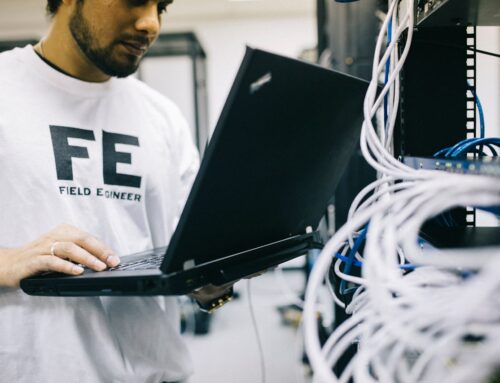When moving to a new office space, completing a network build-out is essential to ensure seamless communication and collaboration among employees. A network build-out involves setting up the necessary hardware and software components to create a robust and efficient network infrastructure. This article provides a step-by-step guide on how to complete a network build-out at a new office.
Assessing Network Requirements
Before starting a network build-out, it is essential to assess the network requirements of the new office space. This involves identifying the number of devices that need to be connected to the network, the type of internet connection required, and the expected network traffic. Once these requirements have been identified, the necessary hardware and software components can be selected.
Selecting Network Hardware and Software Components
The next step in completing a network build-out is selecting the necessary hardware and software components. This includes routers, switches, access points, cabling, and network security software. When selecting network hardware, it is essential to consider factors such as scalability, reliability, and ease of use. It is also important to ensure that the hardware components are compatible with each other to avoid any compatibility issues during the setup process.
Cabling and Wiring
The cabling and wiring are critical components of a network build-out. It is essential to ensure that the cabling and wiring are installed correctly to avoid any connectivity issues. The cabling and wiring should be installed in a way that is neat and organized to make troubleshooting and maintenance easier. It is also important to ensure that the cabling and wiring are installed in compliance with all relevant safety and building codes.
Configuring Network Devices
Once the network hardware and cabling have been installed, the next step is to configure the network devices. This includes setting up the router, switches, and access points. During the configuration process, it is essential to ensure that the devices are set up correctly and that they are configured to meet the specific requirements of the new office space. It is also important to ensure that the devices are secured with the necessary security protocols, such as firewalls and passwords.
Testing and Troubleshooting
After the network devices have been configured, the next step is testing and troubleshooting. This involves checking the connectivity of all devices on the network and identifying any connectivity issues. If any issues are identified, it is essential to troubleshoot them promptly to ensure that the network is working correctly. It is also important to document the network configuration and troubleshooting process to make future maintenance and upgrades easier.
Conclusion
Completing a network build-out at a new office can be a complex and time-consuming process, but it is essential to ensure a robust and efficient network infrastructure. By assessing the network requirements, selecting the necessary hardware and software components, installing the cabling and wiring correctly, configuring the network devices, and testing and troubleshooting the network, organizations can create a network infrastructure that meets the specific needs of their new office space. By investing in the right network infrastructure components and expertise, organizations can ensure seamless communication and collaboration among employees, which is essential for the success of any business.
Are you looking for IT services in London? Don’t let computer issues slow you down – trust the experts at Forest City Computer Repairs to keep your technology running smoothly. Get in touch with us today!







